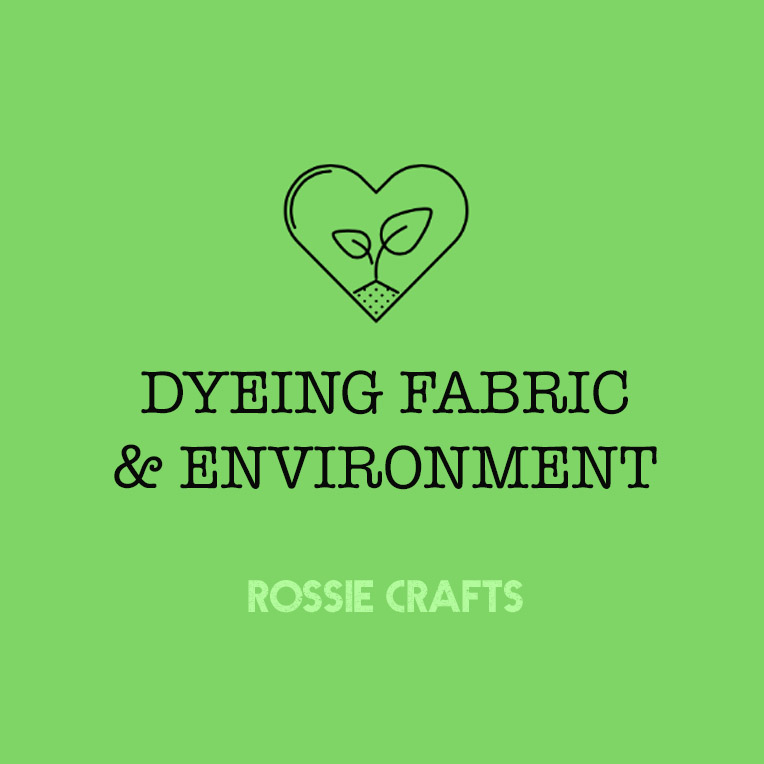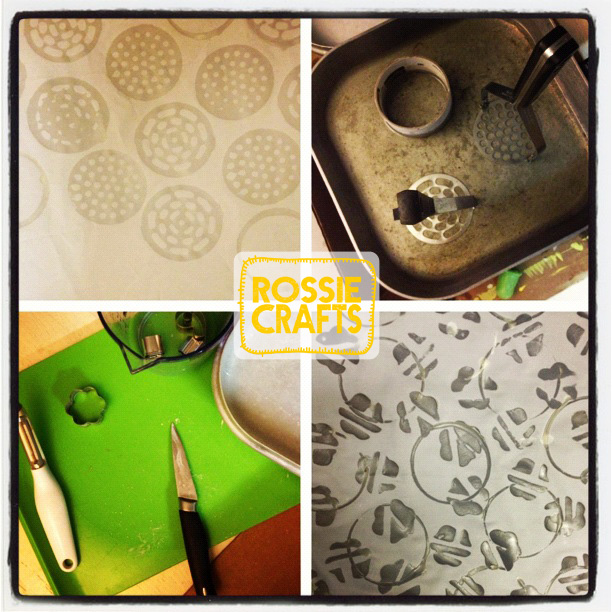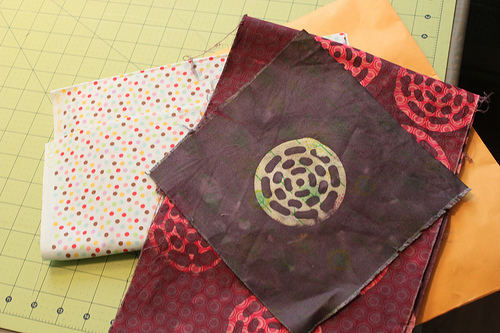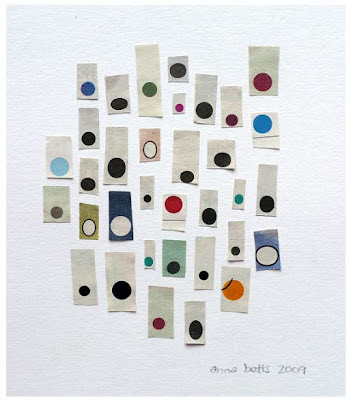
Dyeing Safety for the Environment

When we moved to the country, we moved to a home with a well and a septic system; I put a pause on my dyeing work until I could learn how to safely dye in this environment. I thought, since I have so many dyeing posts on this blog, that I’d go ahead and share what I found!
(1) Are Procion dyes safe for septic systems?
Yes! However, the soda ash you mix with the them may need to be neutralized before you send it down the drain. Soda ash is present in many laundry detergents and isn’t dangerous, but since we like to keep all our little microbes happy in our Ph neutral septic system, we wouldn’t want to give them a sudden, large dose alkaline water.
As you may recall from earlier posts, my preferred dyes are Fiber Reactive Dyes from Dharma Trading Co. Their information sheet for the dyes explains that they are relatively non-toxic. Dharma recommends using vinegar to neutralize the Ph of the dye bath before dumping it down the drain. They sell strips that you can use to test the Ph of your water; you can also buy Ph strips wherever pool supplies are sold.
(2) Should I change to a different dye for environmental reasons?
No! People tend to think that “natural” dyes are more environmentally friendly, but a lot of natural dyes use heavy metals. Yikes! You don’t want that in your septic system or well water.
(3) This seems far to rosey of a picture. I thought dyeing was bad for the environment?
One big environmental issue with dying is the amount of water it uses. If you read my basic instructions on dying fabric, you’ll see that I prewash the fabric, then used 5-10 gallons in the dye bath, then rinse the fabric under flowing water for 5-10 minutes, then wash the fabric again. If I was living in a drought area, using this much water would be a concern. It would also be a concern if I was working on a larger scale.
The other big issue is the environmental practices that are used when making fabric dyes. Sadly, not much information is available on this front. Paula from All About Hand Dying writes, “It seems likely that some [dye manufacturers] are better than others. Facilities in Europe must have much more stringent regulations to follow than those in China, but I think that all or most of our dyes now are most likely manufactured in China or India. What are the European regulations on environmental standards for the manufacture of dyes imported from overseas? The regulations I know about restrict contamination of dyes with heavy metals and carcinogens, but don’t, as far as I know, mention the environmental practices at their factories of origin. We need more information on this question.”
For more information, check out this page and all of it’s links.


